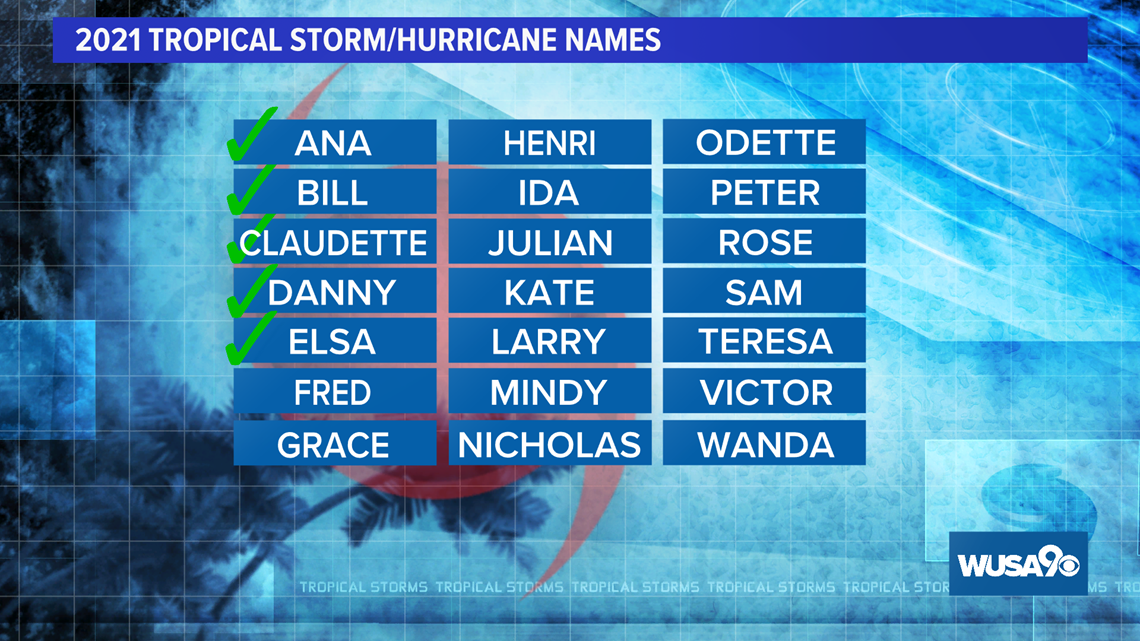WASHINGTON —
Key Takeaways:
- Impacts were minimal for D.C., but Southern Maryland and the Northern Neck of Virginia saw downpours and gusty winds
- The severe weather in Calvert and St. Mary's counties lasted from 9 p.m. Thursday to 3 a.m. Friday.
- Both Calvert and St. Mary's counties were under Tornado Warnings and Tropical Storm Warnings Thursday, which have since expired
- St. Mary's County declared a State of Emergency ahead of Elsa's arrival, and eventually issued a Flash Flood Warning, which expired early Friday morning
Tropical Storm Elsa made landfall Wednesday in Taylor County, Florida along the Northern Florida Gulf Coast, according to The National Hurricane Center. The storm is moving northeastward inland along the Eastern Seaboard.
DMV Impacts
Overall, the impacts on the DMV are low, especially for D.C.
An approaching cold front and low pressure will help to steer the storm further east, away from the area. What's left of Elsa will help to bring more moisture to the area.
Southern Maryland and areas such as Ocean City experienced wind gusts up to 35-55 miles per hour, along with rain and a few thunderstorms. Most of the impacts happened between Thursday night and early Friday morning. Rip currents will be the biggest impact Thursday and Friday from the storm.
St. Mary’s County Public Information Officer told us Friday morning that there was “no major damage. No major injuries" following the storm.
Elsa did pass over the southern part of DelMarVa Thursday night and into Friday, with Tornado Warnings issued for coastal Delaware for beaches, such as Rehoboth Beach, which is popular for many that travel to them from the D.C. area.
Tornado Warnings also were established for areas near Ocean City, as Elsa made its way north out of Maryland.
RELATED: Tropical Storm Elsa: Latest projected path, models, and potential impact to First Coast
Elsa is the earliest-known fifth named storm on record for the Atlantic basin in the satellite era (1966-present), breaking the record formerly held by Edouard on July 6, 2020.
The Atlantic hurricane season officially runs from June 1 to Nov. 30. Forecasters are expecting above-normal hurricane activity this season. Peak hurricane activity is usually between August, September and October.



